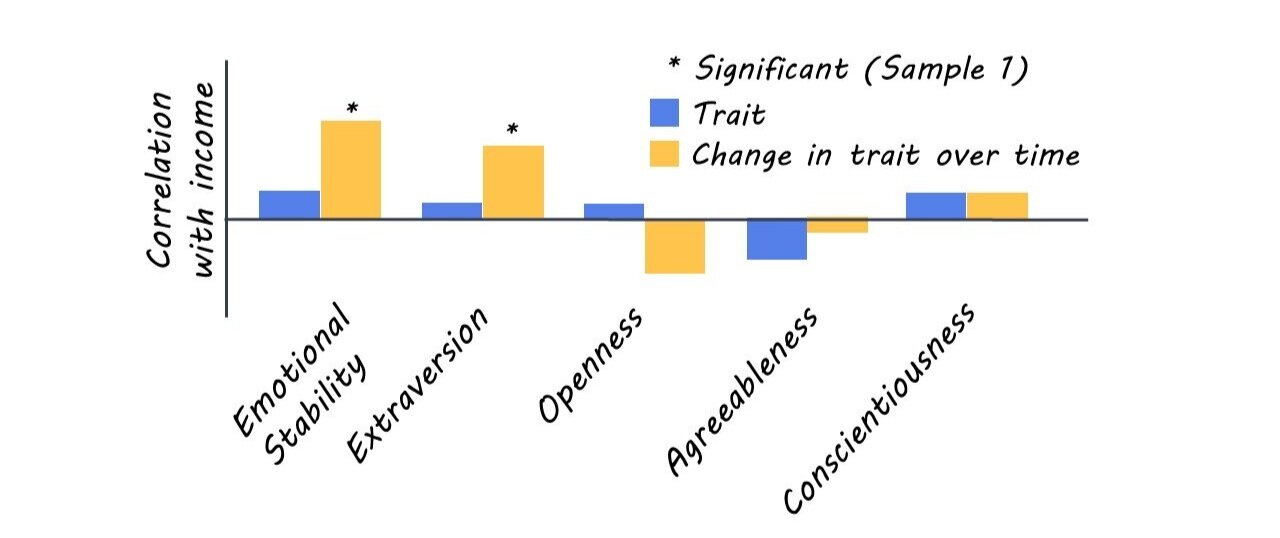Twitter Behaviour is Related to Reflective Thinking
Post by D. Chloe Chung
What's the science?
Many of us are using at least one type of social media platform to help us connect with others and discuss important social issues. Despite these benefits, social media can also be misused to easily spread false information and fuel political polarization. Given the power of social media, several studies have looked at how personalities or demographic characteristics are related to the different ways people use social media. Adding to this line of research, this week in Nature Communications, Mosleh and colleagues examined how people’s cognitive style is associated with their behaviour on Twitter.
How did they do it?
The authors recruited approximately 2,000 people who regularly use Twitter, mostly from the United Kingdom and the United States. These participants took the Cognitive Reflection Test (CRT), which measures people’s tendency to follow their instinct and choose wrong answers. Specifically, this test measures one’s ability to perform self-reflective thinking to find correct answers while suppressing a “gut feeling” related to an incorrect response. A higher CRT score indicates that the participant is better at cognitive reflection. Next, the authors collected several pieces of information related to the Twitter activity of the participants, such as how many accounts they follow and what type of content they have recently tweeted. They also gathered demographic information about the participants including their education, political ideology, religion, and income. Based on these data, the authors created a co-follower network to examine what type of accounts are followed by participants who share similar CRT scores.
What did they find?
First, the authors focused on examining the content the participants consume on Twitter. The authors observed that Twitter users with higher CRT scores (i.e. more reflective thinking) showed a tendency to follow fewer Twitter accounts. From the co-follower network analysis, the authors found a distinct division in the types of Twitter accounts followed by people with higher and lower CRT scores, suggesting that critical thinking is reflected in an individual’s account-following behaviour on Twitter. Interestingly, there was a group of accounts followed by people with lower CRT scores (i.e. less reflective thinking), supporting the notion of “cognitive echo chambers,” in which people tend to interact with those who share similar ideologies. The authors analyzed the type of content participants tended to tweet and found that the degree of reflective thinking was associated with the quality of information shared. Specifically, people who think more reflectively were more likely to share higher-quality news from reliable sources, while people who engage less in reflective thinking shared political misinformation and scams more often. Upon analyzing individual words in participants’ tweets, the authors observed that more reflective people tended to use words related to morality, insight, and inhibition, which may indicate that these people are more likely to inhibit their instincts by engaging in analytical thinking.
What’s the impact?
This study demonstrates how different cognitive styles can be reflected in our behaviour on Twitter. In particular, this work shows what can drive the dissemination of misinformation on social media. In contrast to the “intuitionist” perspective that emphasizes the importance of intuition in everyday behaviours, findings from this study suggest that reflective or analytic thinking plays a crucial role in our day-to-day judgment on social media. It will be interesting to investigate whether these findings can be also applied to other social media platforms.
Mosleh et al. Cognitive reflection correlates with behavior on Twitter. Nature Communications (2021). Access the original scientific publication here.






